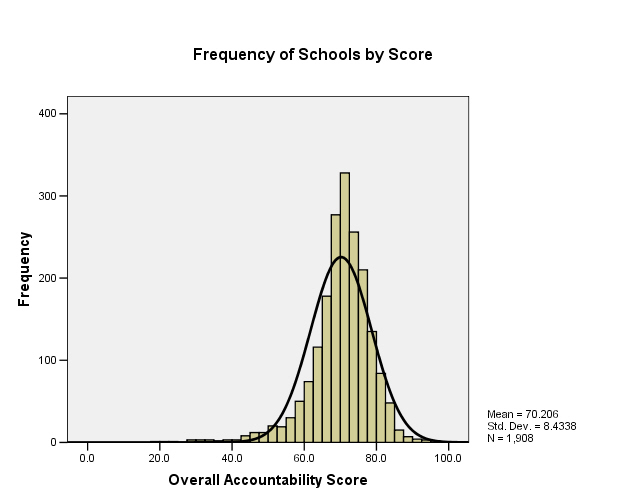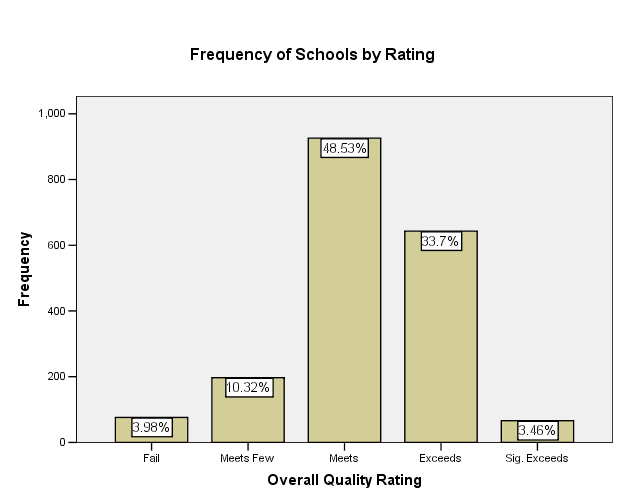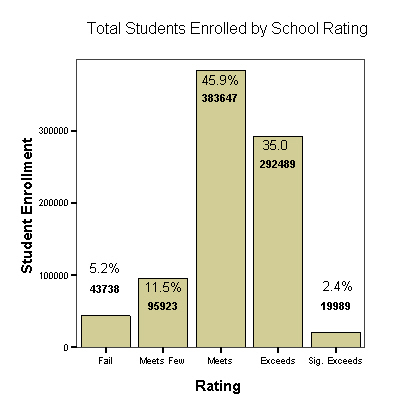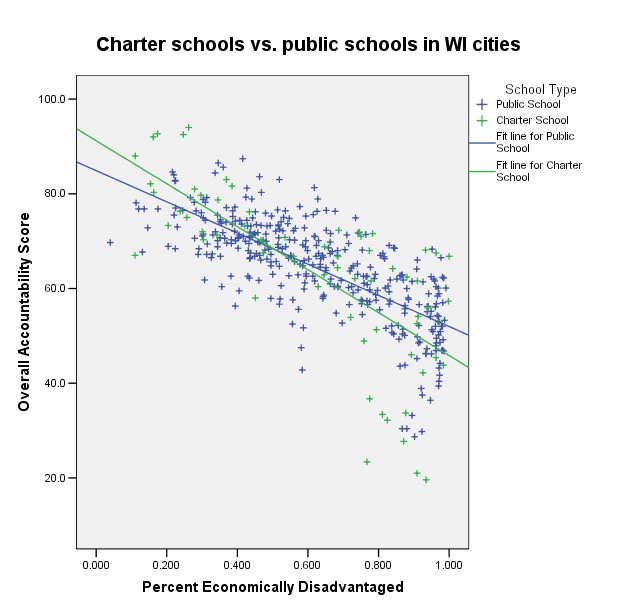Wisconsin Democrats must begin to take more seriously the differences between their base and the political center of Wisconsin. This is made more difficult by the fact that Democrats are concentrated in a few areas of Wisconsin, giving them very wide margins of victory in those districts but hurting their prospects for winning over many districts. However, Republican support is rather shallow in many districts, making it feasible for Democrats to win majorities in state government, especially during presidential election years.
Wisconsin is not a progressive state. As I have argued in a previous post, it would be wrong to mistake the dominance of Wisconsin Democrats in statewide races for national office as strength for the progressive agenda in the state. The political center of the state is not to be found in Madison or Milwaukee, which many consider to be the base of the Democratic party in Wisconsin. Of course, these are reliable areas of Democratic support, and Madison is in many ways a model small progressive city. There are also hopes that Milwaukee could one day be a city possessing similar merits as Minneapolis: a center of political influence that would radiate to all of south-eastern Wisconsin.
Wisconsin is very different from Minnesota. Perhaps the most important for its political life, the population of Wisconsin is far more distributed than that of Minnesota. Whereas almost 2/3 of Minnesota’s population lives in the Minneapolis-Saint Paul metropolitan area, only 1/3 of Wisconsin’s population lives in the metropolitan areas of Madison and Milwaukee. Much like Illinois, the economic and political life of Minnesota is dominated by its first city; this is clearly not the case in Wisconsin. It does not help things that Milwaukee is a struggling city that is frequently seen by those living in its suburbs as a drain on the metropolitan area rather than a source of strength. The antagonism between Milwaukee, which is the only city in Wisconsin with a large African American population, and its suburbs also fuels the racism that is often pronounced in those suburbs; it is not a coincidence that those same suburbs experienced large population booms in the late ’60s during the so called “white flight” from Milwaukee.
The center of GOP dominance extends from the Milwaukee suburbs, especially Waukesha county, down the Fox River toward Green Bay. This is the old industrial center of state, and is the western flank of the “Rust Belt” that extends through the great lakes region. This area has traditionally been dominated by heavy industry, especially paper, and remains far more industrial than the western part of the state. The electoral strength for the GOP in this area is its greatest in Waukesha county and other Milwaukee suburbs and trails off up the Fox river. Although there is no hope for Democrats to win significant votes in Waukesha, strong Democratic candidates can win in Green Bay and North-East Wisconsin. An analysis of vote shares in those assembly districts shows that these are the “tipping point” districts where the vote share of Democrats and Republicans approach 50/50. The battle for the state legislature cannot be won in Madison or the western part of the state, but rather must be won in the Fox Valley.
Wisconsin Democrats are at a crucial disadvantage in this battle, but this is not merely due to gerrymandering after the 2010 census. A common refrain from Wisconsin Democrats alleges that the Republican majority is in place predominantly because of the way in which districts were redrawn after the overwhelming (and unusual) victories by Republicans in 2010. One of the primary pieces of evidence for this is the fact that state-wide Democratic candidates for the Wisconsin Assembly typically receive a majority of the votes for office in elections since 2010, but only 1/3 of the seats. Many take this to be a result of gerrymandering. However, there is a deeper explanation that gets to the core of how Democrats and Republicans are distributed differently throughout the state. As the Democratic party has transitioned from a coalition of southerners and working class northerners to the party of collectivists and social liberals, cities have also undergone a period of renewal. And the sorts of people who have been loyal Democratic voters since Kennedy have taken up urban residences in greater numbers. Democrats are in fact packing themselves into urban districts. Given the district-based system of representation that characterizes American government, this has also had substantial effects on the ability of Democrats to win district-based elections.
This can most easily be seen by looking at voting results by assembly district. In 2014, when Scott Walker won reelection as governor, voters in the most Democratic district (# 16 in Milwaukee) voted for Mary Burke by almost a 10 to 1 margin whereas those in the most Republican district (#99 in Waukesha) voted for Scott Walker by only a 3.5 to 1 margin. Similar statistics can be found for other election years. Additionally, this is not limited to a handful of districts. Democrats have at least a 2 to 1 margin of victory in 15 of the 99 assembly districts, whereas Republicans only have this in 9 districts. However (using the 2014 data), Republicans have comfortable margins of between 2 to 1 and 1.5 to 1 in another 31 districts, whereas Democrats only have such margins in 5 districts. This is the strength of the Republican majority in the state legislature; it is relatively shallow but very wide. Republicans have achieved this while maintaining a relatively rational district map (squarish districts that generally respect local boundaries), absent of the incredible examples of gerrymandering found in states like North Carolina, Florida, Maryland, and other states (you haven’t seen gerrymandering until you’ve seen Maryland’s 3rd district!).
What can be done? Democrats are at a serious disadvantage in assembly races, though less so for state senate seats. And this is no excuse for their poor performance in state-wide elections. Certainly structural problems cannot be blamed for the repeated victories of Scott Walker; this is likely due to the fielding of weak candidates by the Democrats and the lower voter turnout in off-year elections. But can the Democrats ever hope to control the entire state government as they did between 2008 and 2010? Maybe. In 2012 (with the new assembly lines drawn), President Obama won a majority of votes in 42 assembly districts. Democrats won in 39 assembly races that year. However, in another 11 districts the margin of victory of Mitt Romney over Obama was less than 1.1 to 1. If the Democrats were able to win assembly races in all of those districts plus those that Obama won they would have a 53 to 46 majority in the state assembly, something that seems impossible for many Democrats to conceive of at the moment (where they only have 36 seats). And most of these districts span from Fond du Lac to Green Bay. Of course, this would not be easy. But if Democrats can win governor (statewide) races in off-year elections and assembly majorities in presidential years, then the face of Wisconsin politics would be radically changed.
Political scientists have extensively studied the importance of gerrymandering to election outcomes, though the effect of the geographic distributions of political party members on election outcomes has received less attention. For a recent study of this see:
Jowei Chen and Jonathan Rodden. (2013). “Unintentional gerrymandering: Political geography and electoral bias in legislatures.” Quarterly Journal of Political Science, 8. pp. 239-269. (Available at www-personal.umich.edu/~jowei/florida.pdf)





